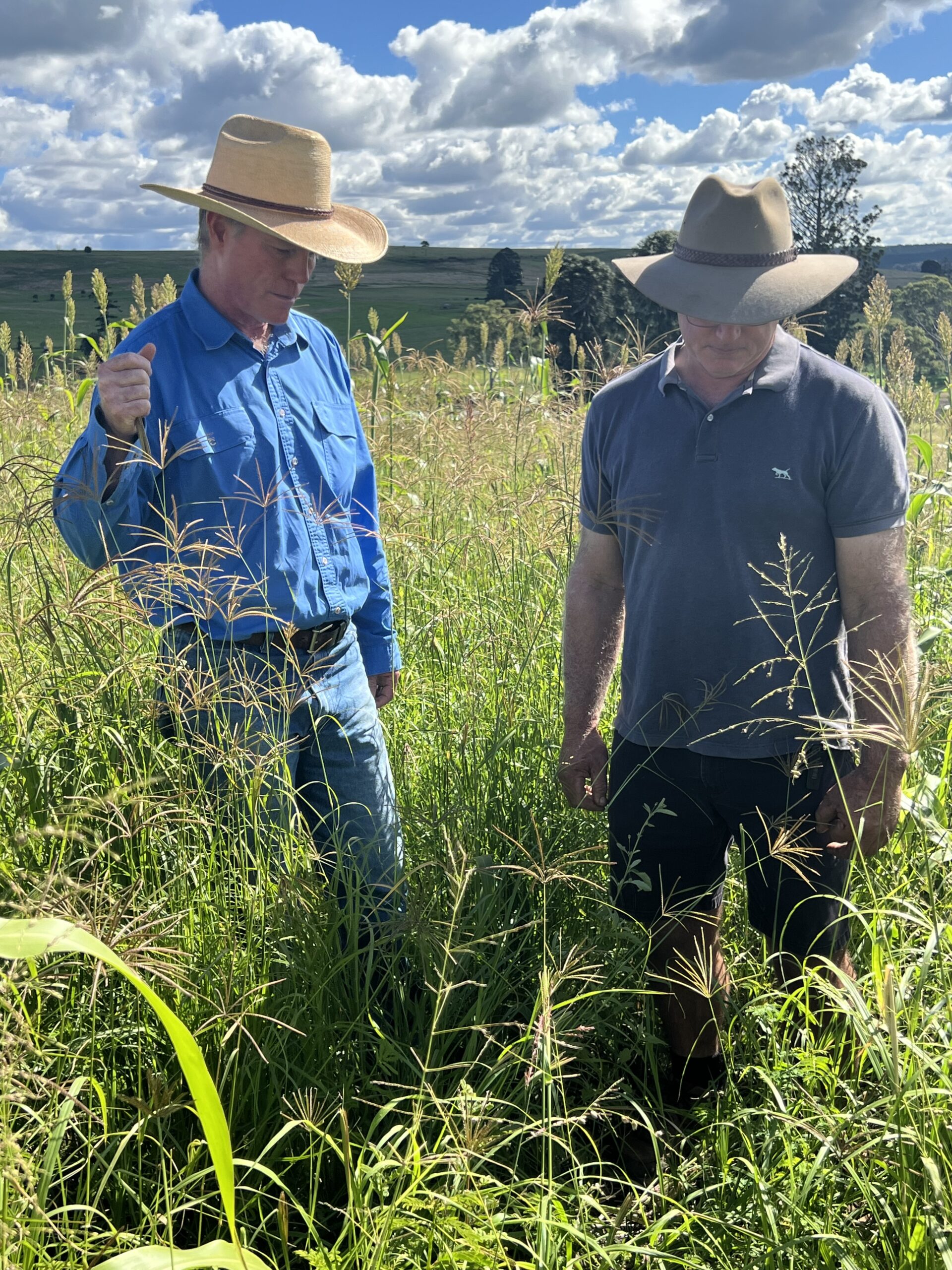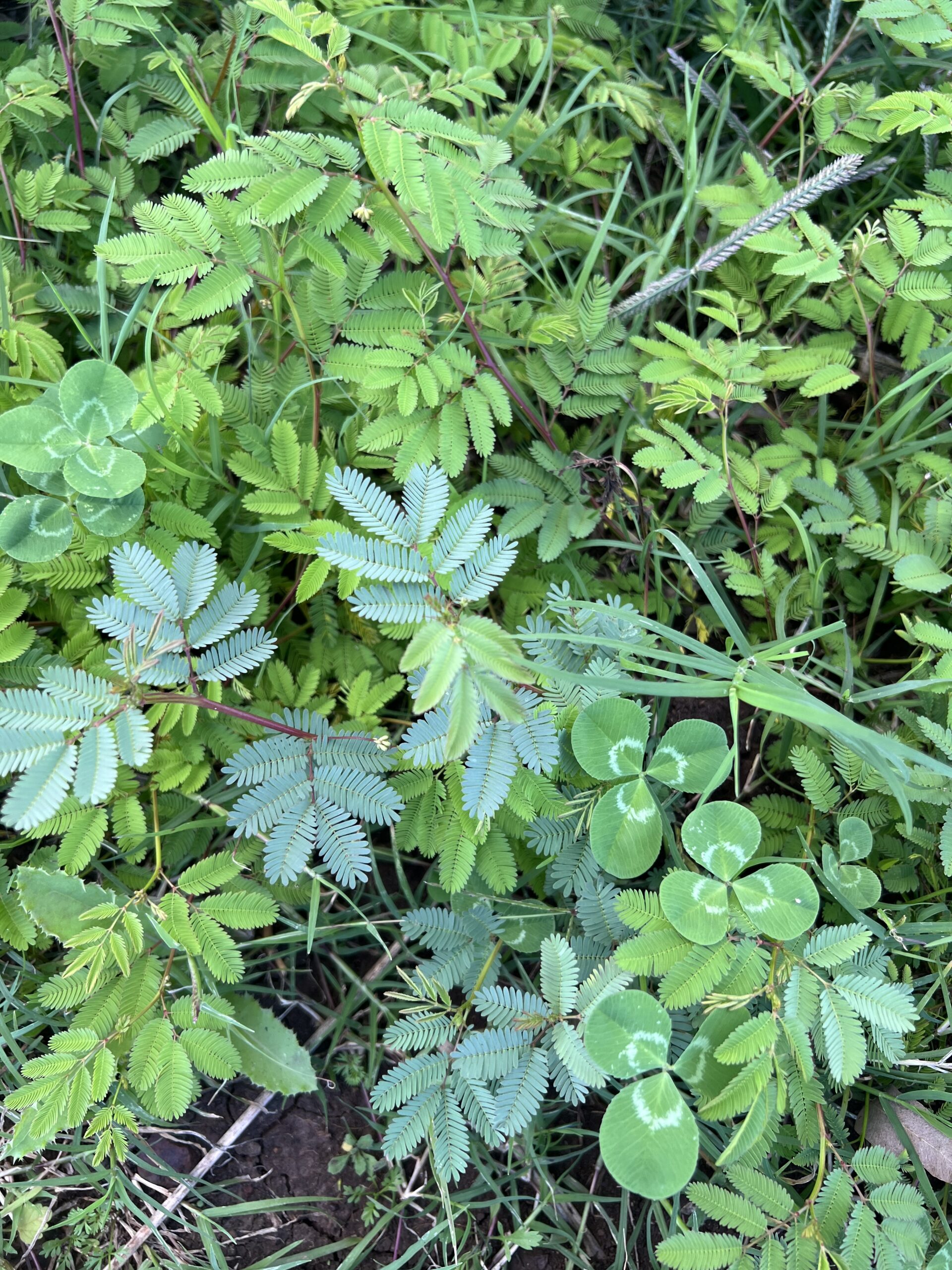Where do the bugs go? Pasture dieback over winter
As winter settles into southern Queensland, many producers are asking: Does pasture dieback continue in winter? Does frost kill the bugs? Where do the bugs go?
With the onset of cooler temperatures, our summer grasses are now slowing down and so are the pasture mealy bugs. To survive the cooler months, these pests retreat below the soil surface, often moving into the root zone where temperatures are more stable. But that doesn’t mean they disappear.
Although the grasses are going dormant, you may still see signs of pasture dieback in the paddock. And if you go looking for mealybugs and can’t find them, don’t assume they’re gone, they’re likely still there.
Research shows that over winter, pasture mealybugs move from the leaf surface down into the ground or root zone to escape the cold. They can survive in dry conditions and have been found overwintering at depths of up to one metre, waiting for warmer weather to return.
These pests can reproduce without males (parthenogenesis), meaning they are primed and ready to re-emerge and quickly establish high populations when temperatures rise and pasture growth resumes in spring.
Close up video of mealybugs sheltering from the cold on the soil surface, under grass thatch. Large pink coloured females and small juveniles can be seen.
Lessons from the field
If you’re feeling uncertain about what to do next, you’re not alone. Across the region, more producers are looking at long-term strategies to manage pasture dieback and reduce its ongoing impact.
At Yarraman, producer Bradley Frohloff acted after his kikuyu grass paddocks were severely affected by dieback. Rather than watching his productivity decline, Bradley decided to make a positive change. Focusing on long-term resilience, he began gradually introducing legumes and more dieback tolerant grass species into his pastures. His approach demonstrates how taking small, consistent steps can help rebuild stronger pastures over time. As Bradley advises, “Don’t just sit there hoping it will go away, it won’t. Do a little bit at a time and keep chipping away at improving your pastures.”


For properties where pastures have collapsed entirely, especially with grasses like the older varieties of kikuyu that don’t set large amounts of viable seed, this could be an ideal opportunity to re-introduce summer and temperate legumes or replace grasses with more productive and tolerant varieties.
‘It is tough’, Bradley says ‘but try to see it as an opportunity to grow new pastures and increase the stocking rate of your herd’.
Help with pasture dieback
As we head into spring and summer, the Department of Primary Industries sown pasture team are offering targeted events and support to help producers manage pasture dieback more effectively, whether you’re dealing with early signs or total pasture collapse.
Keep an eye out for opportunities to join field days and information sessions where we will cover practical steps for establishing legumes and more tolerant grass species. Follow FutureBeef on social media and subscribe to the monthly FutureBeef e-Bulletin to hear about upcoming events.
In the meantime, check out our previous article on spring opportunities for pasture dieback. Spring is just around the corner and early preparation will make any pasture activities easier. You can also head to our pasture dieback page for information on identifying and managing dieback.
This work is funded through the Queensland Pasture Resilience Program which is a partnership between the Department of Primary Industries, Meat & Livestock Australia and the Australian Government through the MLA Donor Company.